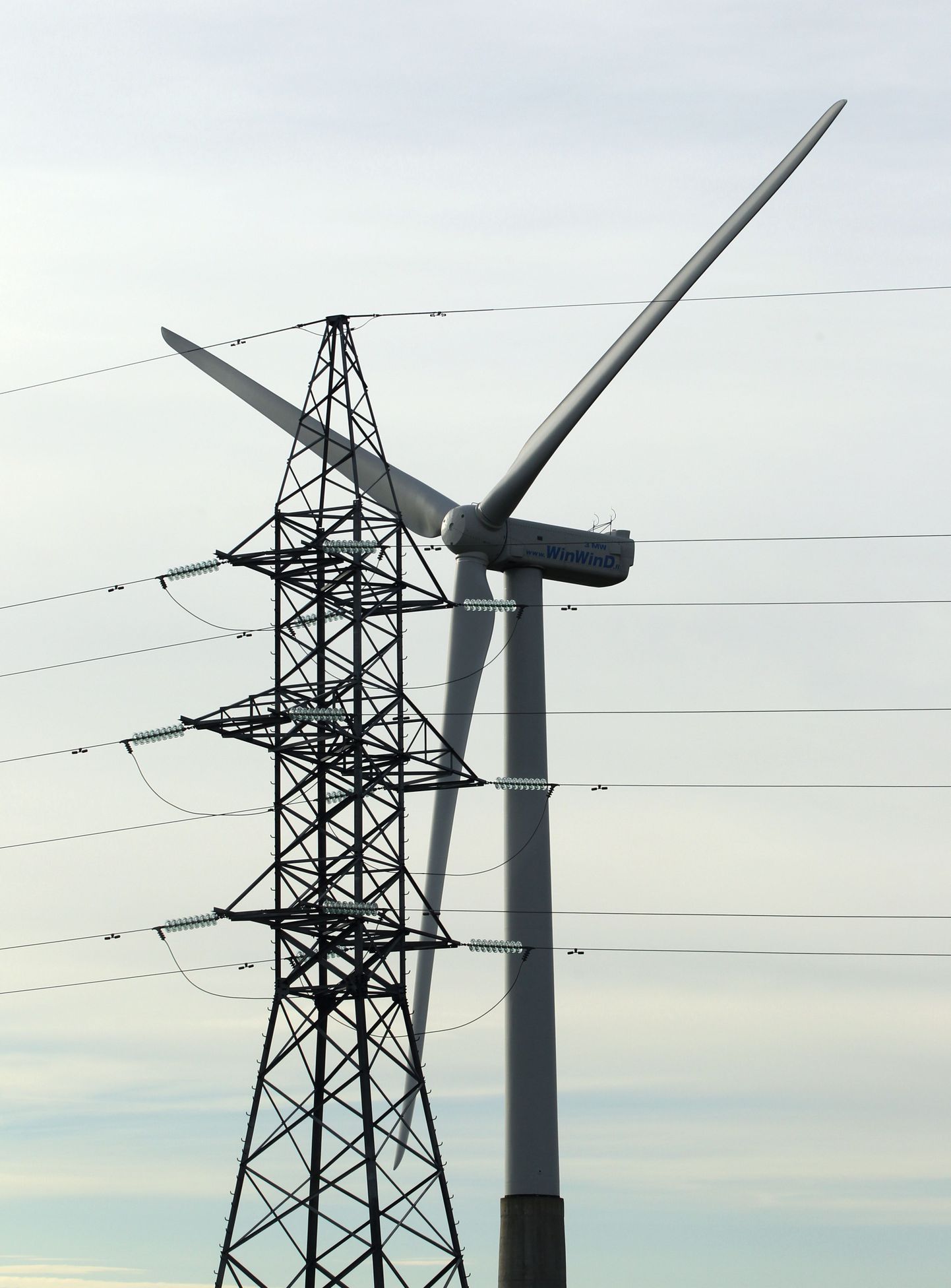
Renewable energy accounted for 14.9 percent of total electricity consumption in Estonia last year, two percentage points higher than 2011, reported Elering.

Renewable energy accounted for 14.9 percent of total electricity consumption in Estonia last year, two percentage points higher than 2011, reported Elering.
Thus, the share of renewable energy has exceeded the next few years’ goals as they are set in the explanatory memorandum to the Electricity Market Act amendment bill that is on the floor of Riigikogu at the moment. The amendment bill’s memo sets the 2013 goal for the share of renewable energy to 11.3%, and based on the renewable energy subsidy forecasts submitted by producers, that level will in fact be 12.6%, excluding the generation of electricity from biomass at the Narva Power Plants.
Overall, last year saw 1.37 terawatt-hours of renewable energy produced, with output up by 18 percent. The largest share of renewable energy production came from biomass, whose output grew by 15% over the entire year to 880 gigawatt-hours. Biomass-fired electricity production fell in September, when the large-scale burning of biomass at the Narva Power Plants was ceased.
The amounts of wind-generated renewable energy grew by 23% (83 gigawatt-hours), due to the addition of a number of new wind farms (Aserisalu Wind Farm, Paldiski Wind Farm and Narva Wind Farm). At the same time, the amounts of subsidies issued for wind power fell by seven percent year-on-year. The decrease was caused by the significantly smaller efficiency factor of the wind power stations, due to worse wind conditions compared to the previous year.
Measurements at the Pakri peninsula and in Virtsu showed that the daily average wind speed for 2012 dropped significantly compared to 2011. Although several new wind farms began operations, some of them had not yet received subsidies, and the subsidies paid to new recipients did not outweigh the overall drop in the wind power subsidy payments.
The amount of renewable energy that received subsidies last year came to a total of 1.17 terawatt-hours. In monetary terms, the size of renewable energy subsidies grew by nearly a tenth, to 62.7 million euros. Wind power subsidies fell by seven percent year-on-year.
Combined heat and power production subsidies were nearly 11% smaller in 2012 than in 2011, a total of 4.2 million euros. The amount of subsidized electricity fell from 147 gigawatt-hours to 132 gigawatt-hours. Major combined heat and power producers generated an average of 11 percent less electricity in that mode than a year earlier, with the use of biomass at those power plants increasing by roughly the same amount.
In the fourth quarter of last year, renewable energy accounted for 12.6 percent of Estonia’s total consumption. The same figure for 2011 was 16.9 percent.